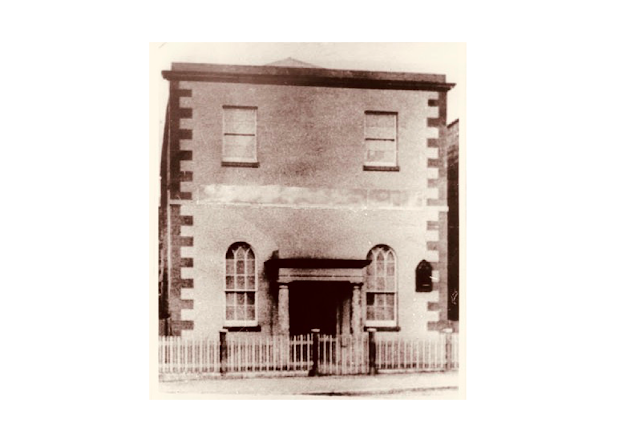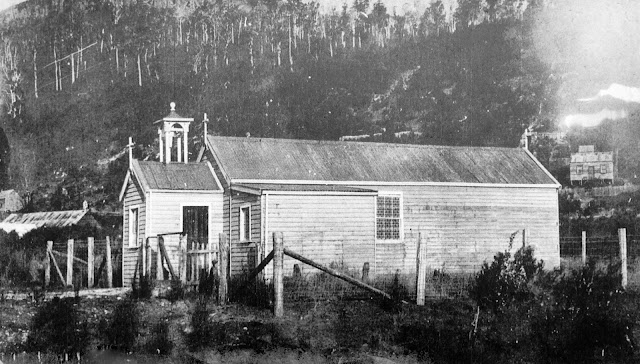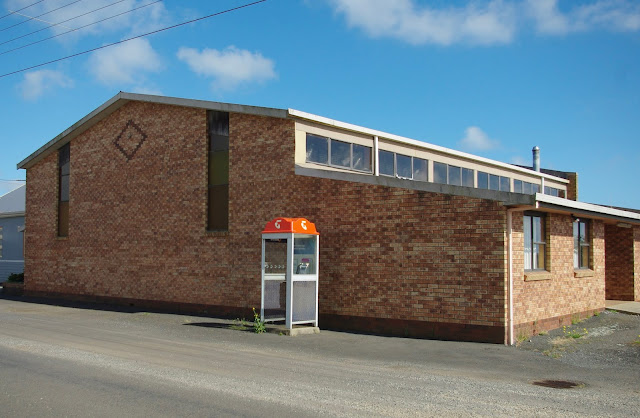No. 1000 - Hobart - The Collins Street Independent Chapel (1837-1857)

The former Collins Street Independent Chapel is one of several Hobart churches associated with businessman and philanthropist, Henry Hopkins (1787–1870). The chapel, which was located at 56 Collins Street, is now hidden behind a facade of a new building constructed in the early 20th century. Henry Hopkins and his wife Sarah settled in Van Diemen’s Land in 1822. As a result of their efforts Reverend Frederick Miller arrived in Hobart in 1830 to become the first settled Independent minister in Australia. Financial support provided by Hopkins facilitated the building of Congregational churches across southern Tasmania, including the Independent chapel on Collins Street. By the 1850s the chapel was considered too small for the growing congregation and was replaced by a new Congregational church built on Davey Street. The story of the Collins Street chapel began on 11 March 1836 when a number of individuals, who had been members of congregational churches in England, met at Hop...






